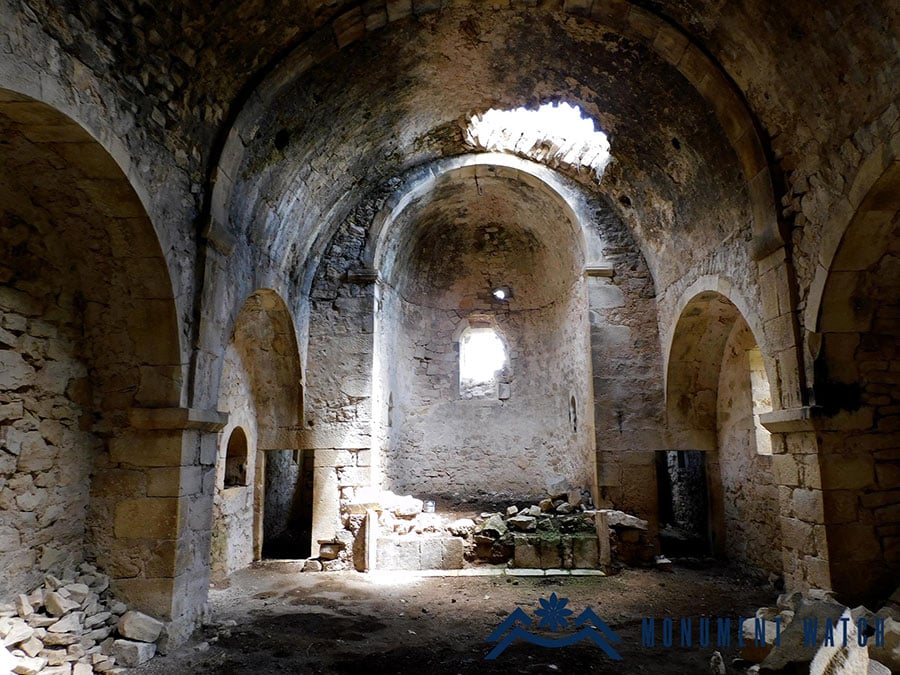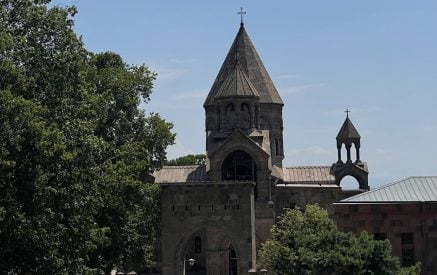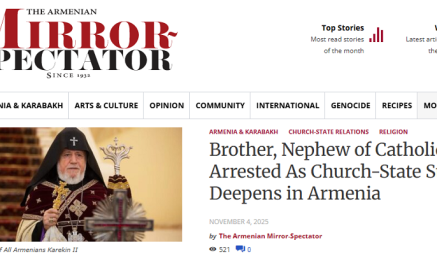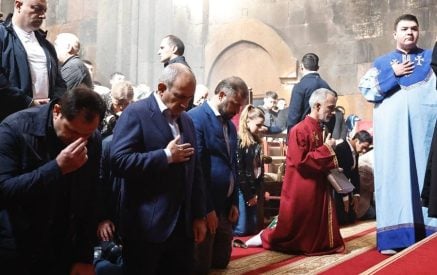Another victim of the cultural genocide carried out by Azerbaijan at the state level in Artsakh, which was completely deprived of Armenians, was the church of St. Astvatsatsin in the village of Khramort in the Askeran district.
Azerbaijani TV APA 2024: On March 1, the company published a video that clearly shows the church being used as a storage facility for various items, particularly plastic bottles. The Surb Astvatsatsin Church in Khramort also became a target of Azerbaijani terrorist units during the war waged against Artsakh in the 1990s. Traces of shots fired by the ‘Azerbaijani’ occupiers have been preserved both on the walls of the church and on tombstones in the church’s courtyard. Photos of vandalism in the church of St. Astvatsatsin in Khramort were also published on the Telegram channel @Mountainsofkarabaq. The church was built in 1800.
Read also
The 1954 Hague Convention, which is also the basis of other international treaties, establishes in its first article that cultural property, ‘regardless of its origin or owner, is a movable or immovable heritage of great importance to every nation.’ Using the church as a repository undermines the integrity of the structure. And, as confirmed at the 36th UNESCO Expert Meeting, ‘integrity is the ability of heritage by which it ensures and retains importance over time.’

























































